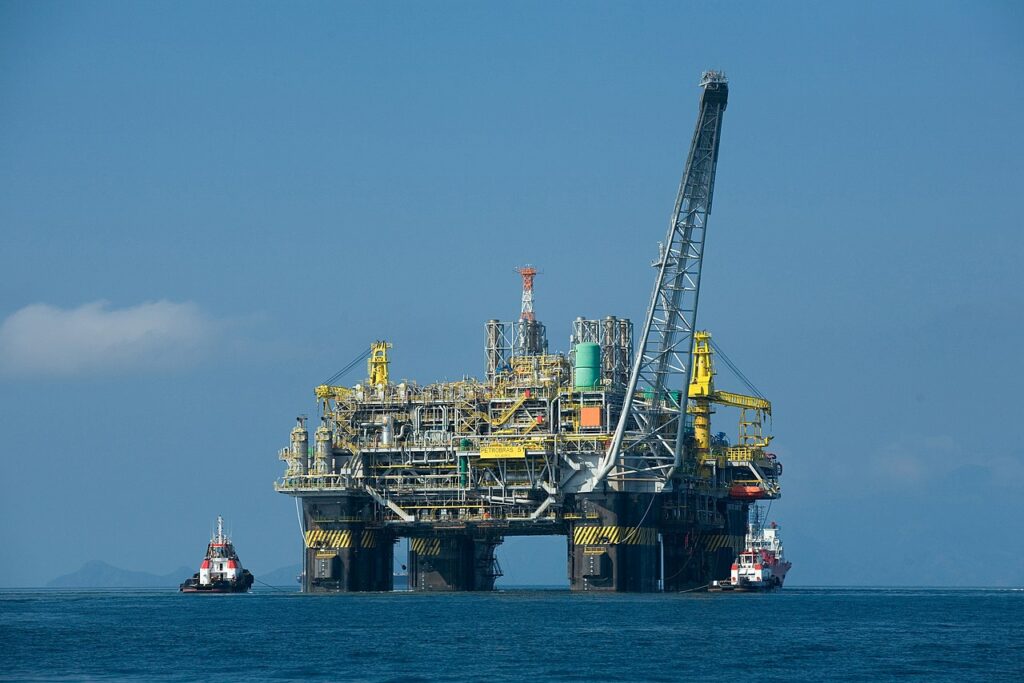The US Navy will convert its surplus oil rigs in the Pacific into active mobile military bases to counter China’s growing influence in the region.
The initiative was unveiled by contractor Gibbs & Cox during the recently concluded Sea Air Space Expo in Washington, DC.
Under the so-called Mobile Defense/Depot Platform (MODEP) concept, the oil rigs will serve as mobile missile defense and resupply bases to respond to escalating missile threats in the region.
They will be positioned at an optimal distance from shore and operate independently for over 12 months.
Additionally, the large floating island bases will be capable of holding 512 vertical launch system cells or 100 large missile launchers, five times the capacity of an Arleigh Burke-class destroyer.
Strategic Significance
US Navy official Heruningtyas Desi Purnamasari said the mobile bases hold strategic importance as China continues to assert its power in the Indo-Pacific.
Apart from serving as missile bases, the converted platforms could be used to support the sustainment of the service’s surface combatants and nuclear submarines.
The cost of the mobile bases is estimated at 10 percent of a brand-new US Navy Ballistic Missile Defense system.
“The platforms could conceivably lead to a substantial reduction in risks and costs associated with land-based defense systems,” Purnamasari stressed.
Subject of Debate
The idea of converting oil rigs into mobile military bases has been subject of debate over the years.
In 2018, two military experts pointed out the political and security challenges of the floating military fortresses, saying they will become vulnerable to missile attacks.
Some observers were also concerned about the “high costs” of building and operating the offshore bases.



